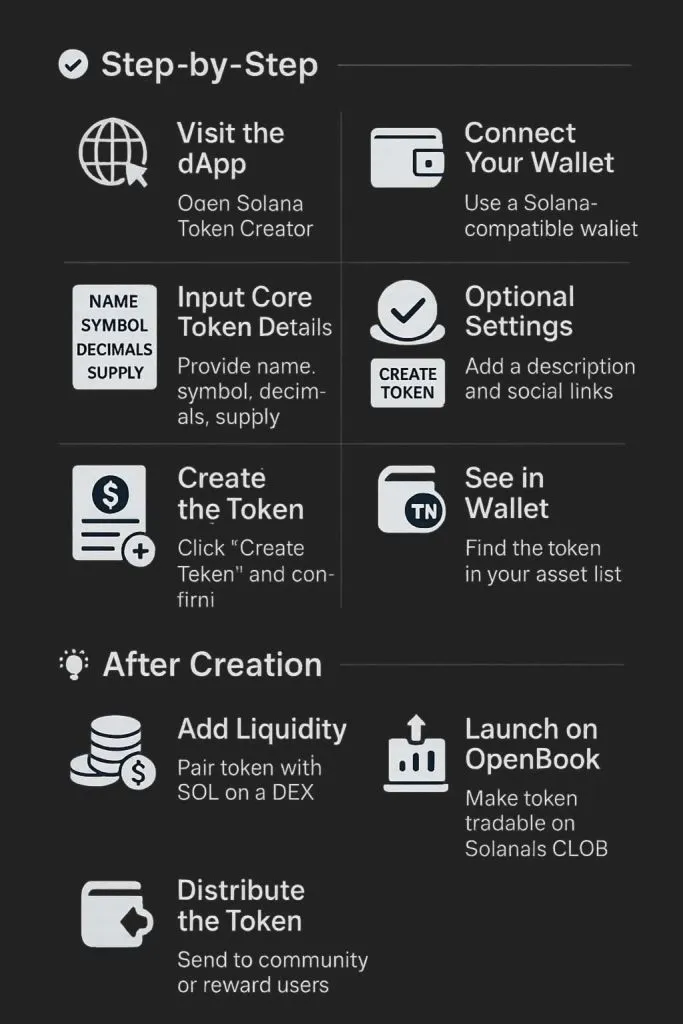
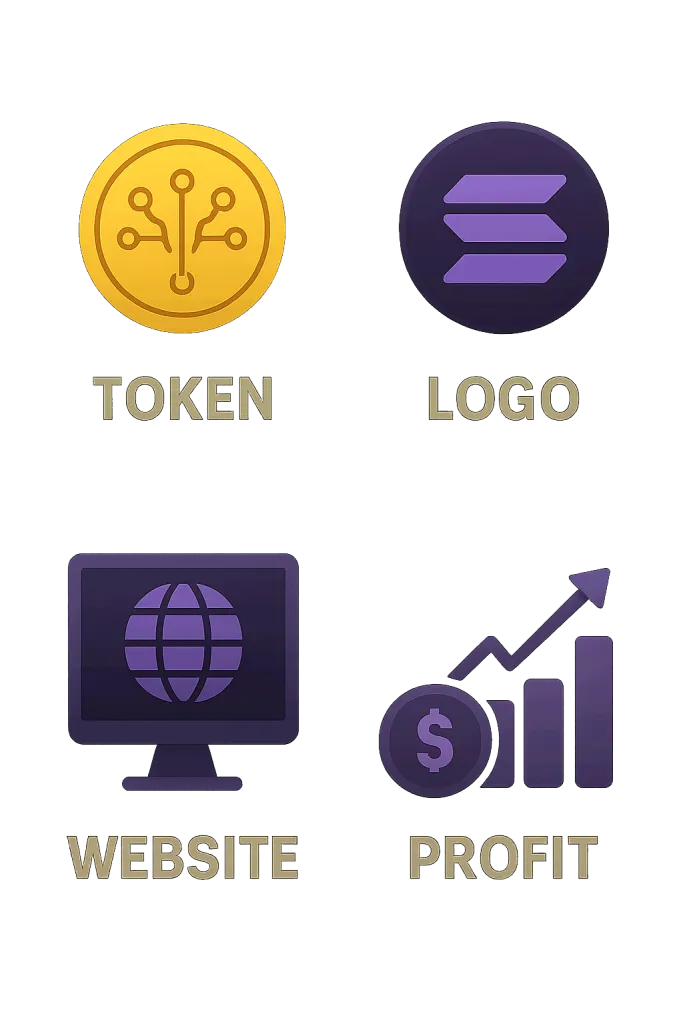
How to Create Your Own Solana Token?
Creating your own cryptocurrency token with no previous experience and no coding required or let us take care of everything for you on the Solana blockchain. Now it’s faster and easier than ever. Whether you’re launching a utility token, governance asset, or meme coin, platforms like Smithii Solana Token Creator allow users to generate SPL-compliant tokens without writing a single line of code all within one minute for a small fee of 0.3 SOL. Using this method people have made literally millions of $ in less than a month with their own unique cryptocurrency!
This guide provides a deep dive into the process, from concept to creation, including the logic behind each decision point, deployment strategies, and technical underpinnings of Solana’s token standards.
✅ Here’s How to Create a Token on Solana
First Visit the dApp. Open the Solana Token Creator.
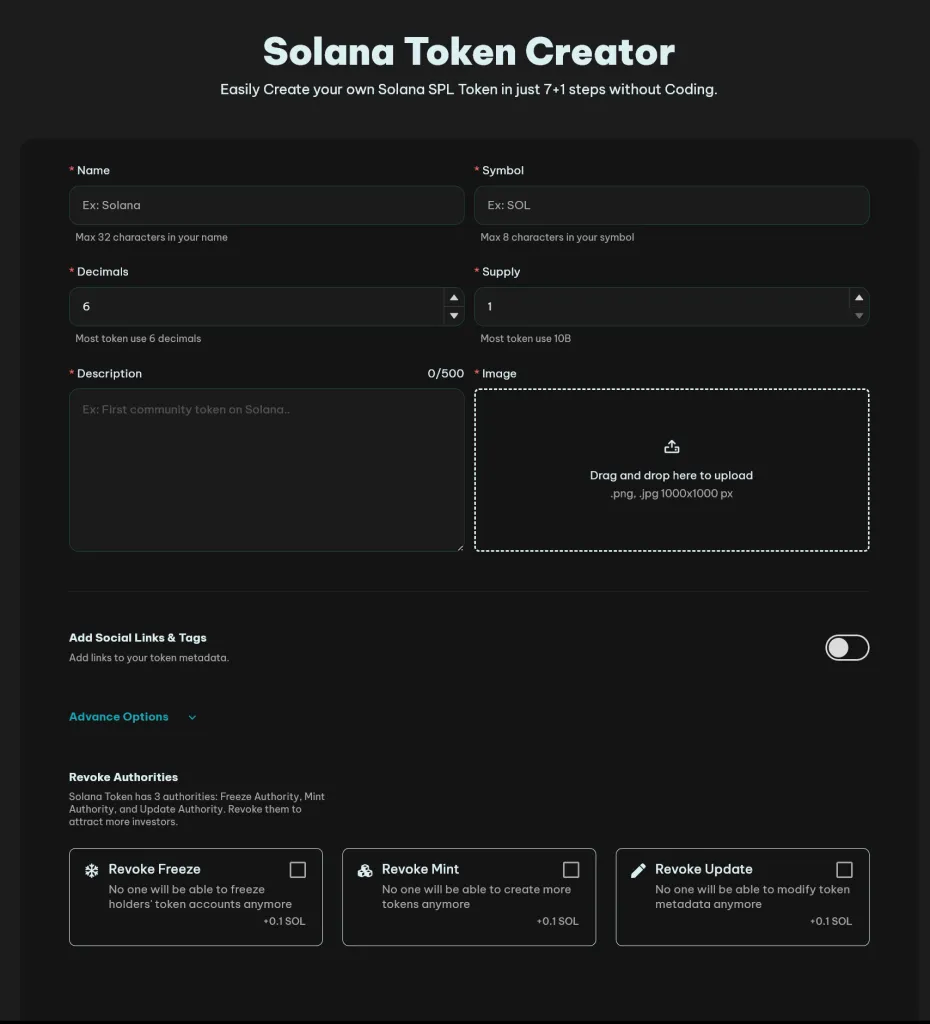
- Connect Your Wallet. Use a Solana-compatible wallet (e.g., Phantom, Solflare). This wallet will become your Authority Wallet the root controller of your token’s minting and admin rights.
- Input Core Token Details:
- Name: Choose a unique, brand-aligned title.
- Symbol: 2 to 8 characters, e.g.,
$XULK. - Decimals: Typically
6for utility tokens. Use0for NFTs or whitelist tokens. - Total Supply: Define total mintable units (e.g.,
1,000,000). - Logo: Upload a 1000×1000 PNG image for UI recognition across wallets and DEXes.
- Optional Settings:
- Add a Description to explain your token’s purpose.
- Provide Social Links: Website, X (Twitter), Telegram, Discord.
- Enable Immutability Options:
- Revoke mint authority.
- Revoke freeze authority.
- Create the Token. Click “Create Token” and approve the transaction in your wallet. Within moments, your token will appear in your asset list.
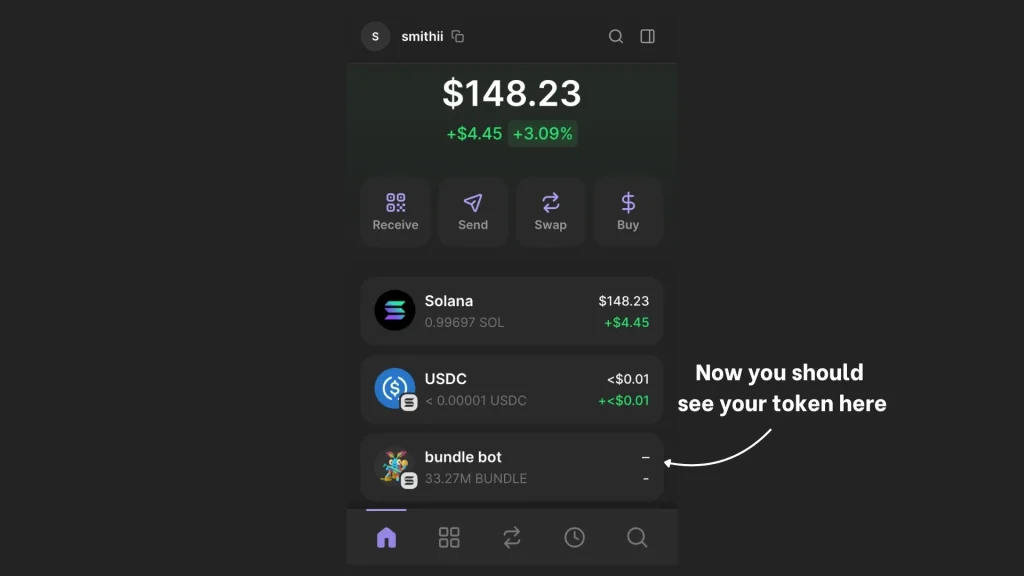
🔍 Understanding Token Parameters
Name & Symbol. Token names function as brand anchors. Choose something searchable, pronounceable, and ideally unused. This early decision affects user perception, SEO indexing, and brand scalability.
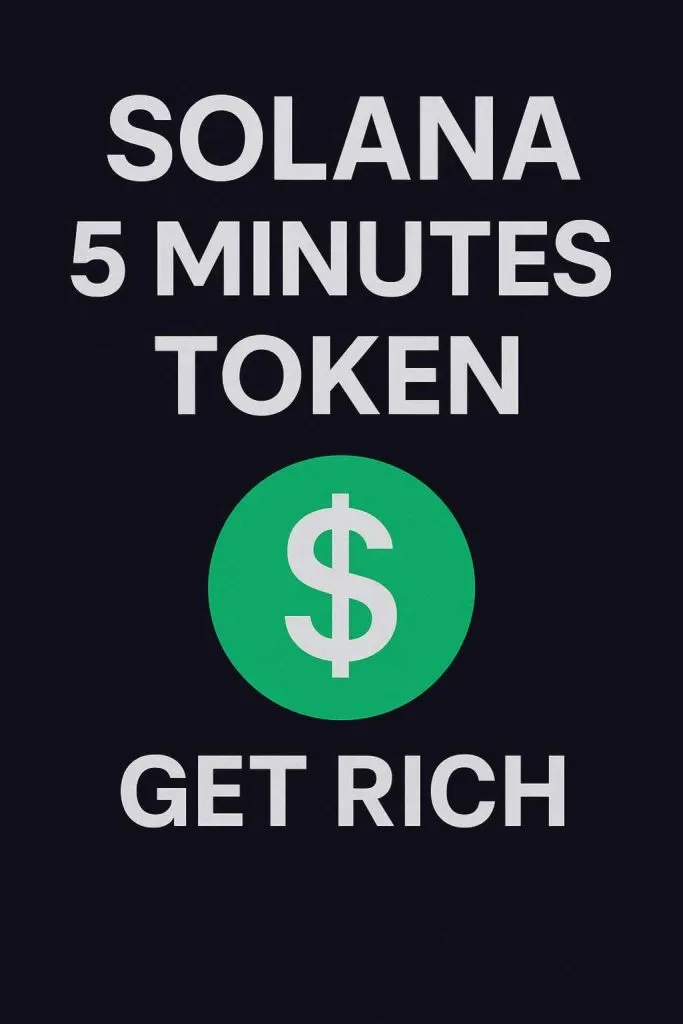
Decimals. Decimals define divisibility. Common configurations:
0– Non-fractional (NFT-like or whitelist tokens).6– For currencies, reward systems, and governance.9– High-resolution financial or staking instruments.
Supply. Total supply must reflect the tokenomics of your project. Scarcity, vesting logic, burn mechanics, and inflation planning must be considered before publishing a fixed supply.
Logo Design. Use sharp contrast, circular framing, and minimalist design. Ensure the PNG is transparent and stands out on dark/light UI themes. Good icons boost trust on DEXes and wallets. This is the make it or break it moment and where Wemaxa can help the most with our professional logo design services to give your new brand a flare which will make it stand above the other 10,000 crypto coins out there.
🛠️ After Creation: What to Do Next
1. Add Liquidity. To make your token tradable, pair it with a major asset like $SOL or $USDC on a DEX such as Raydium, Orca, or through OpenBook markets. This allows screeners and explorers to display live trading data.
2. Launch on OpenBook (Formerly Serum). OpenBook is the current central limit order book on Solana. Use a tool like Smithii’s Liquidity Creator to:
- Register a Market ID
- Create a trading pair
- Set initial liquidity and spread
- Monitor trading activity in real-time
3. Distribute the Token
Use your Authority Wallet to airdrop, reward, or transfer the token to community members or early users.
- Revoke Authority: Lock the token by revoking minting and freezing rights after creation. This improves trust and makes the asset immutable.
- Avoid Sniper Bots: Time your liquidity deployment carefully. Many bots scan for new tokens and exploit early volatility. Use protected liquidity launch strategies — e.g., delay orderbook exposure or use whitelisting.
- Document Everything: Create a whitepaper, establish your GitHub presence, and define your roadmap early. Lack of transparency is a red flag for investors.
SPL stands for Solana Program Library, the canonical specification for fungible and non-fungible assets on Solana — similar to Ethereum’s ERC-20/721. SPL Tokens are used to:
- Represent currencies or utility credits
- Govern dApps and DAOs
- Distribute rewards or equity
- Build decentralized apps and games
SPL tokens can be upgraded to Token-2022 standards (Tax Token), adding built-in transfer fees, conditional logic, and enhanced administrative control. Smithii supports both standards.
- Token Creation Fee: ~0.3 SOL
- Liquidity Pool Creation: Depends on the depth of liquidity and pool pairing, but typically between 0.5–2 SOL minimum, plus fees.
- Optional Costs: Graphic design, audits, launchpad listings, or community bounties.
Solana’s advantages:
- Speed: Up to 65,000 TPS with sub-second finality
- Cost: Average transaction costs ~0.00001 SOL
- Ecosystem: Access to DEXes, NFT platforms, staking protocols, and DAOs
- Programmability: SPL and Token-2022 support advanced on-chain features
Use cases:
- Launching a DeFi platform
- Building an in-app currency
- Creating a governance DAO
- Distributing airdrops or rewards
- Launching a meme token or social asset
You can create a token on Solana for free as well if you code it yourself using the Solana CLI tools (solana, spl-token) and deploy through Rust or Anchor frameworks. However, you must pay minimal transaction fees and understand Solana’s BPF runtime.
For non-programmers, Smithii’s Solana Token Creator offers a no-code, low-cost, rapid deployment path with robust optional features.
Solana’s SPL token system offers a low-barrier, high-performance platform for launching blockchain assets. Whether you’re a developer, entrepreneur, marketer, or enthusiast, tokenization on Solana is now as easy as filling out a form.
🧾 Checklist Before You Launch
- Project Name and Symbol
- Defined Tokenomics
- PNG Logo (1000×1000, transparent)
- Wallet Connected
- Social Channels Prepared
- Liquidity Strategy Ready
- Authority Management Plan (Revoke or Retain)
Create your Solana token at:
https://tools.smithii.io/token-creator/solana


